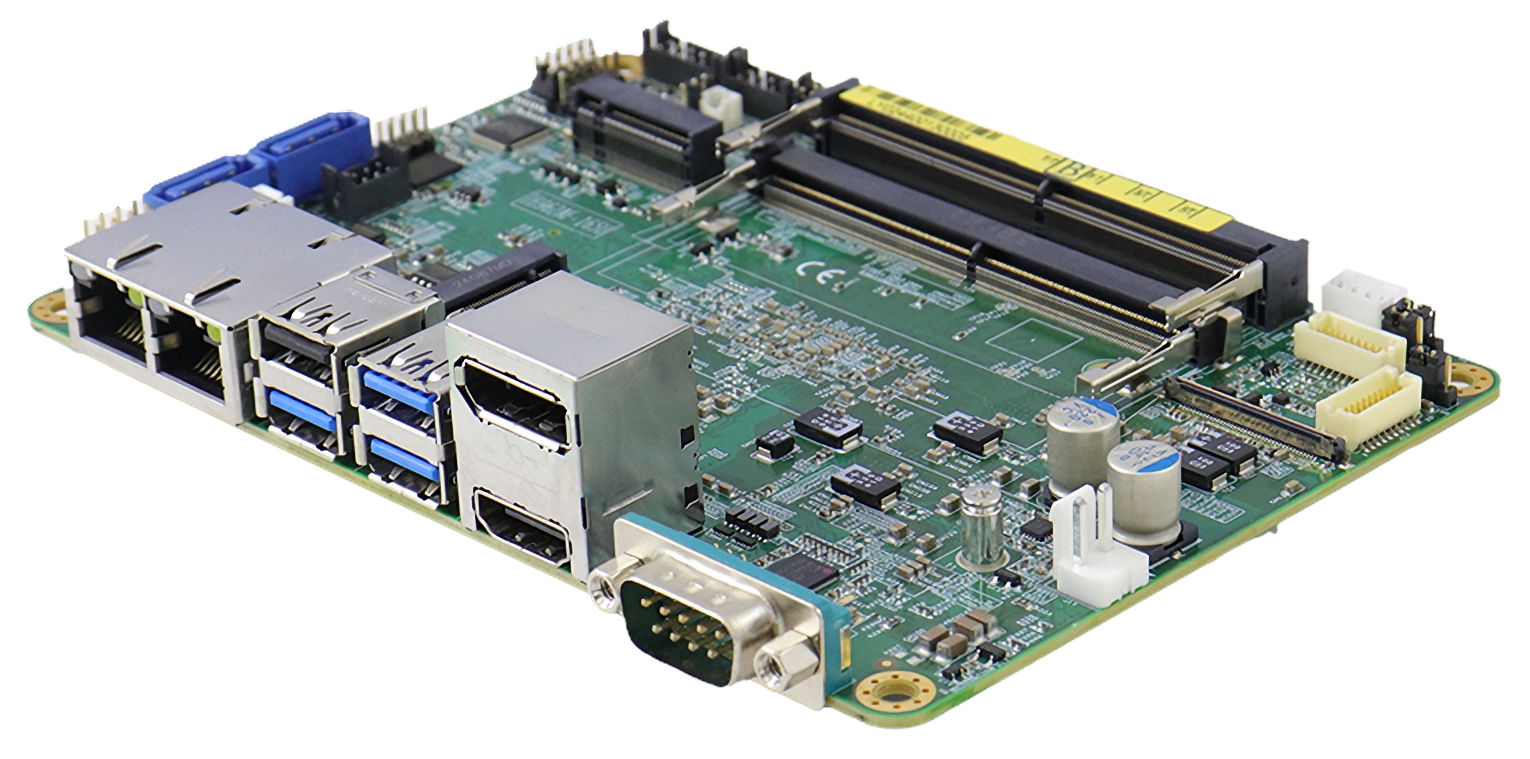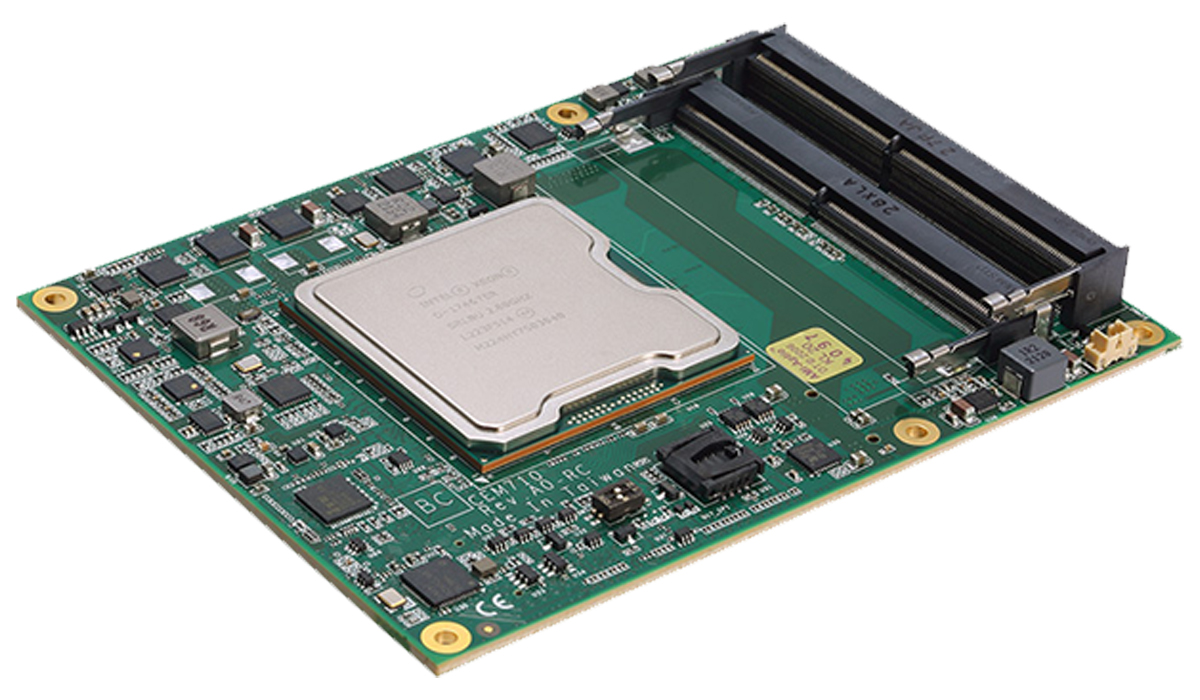The Khronos Group has just announced the release of Vulkan 1.4 cross-platform 3D graphics and compute API. The new release makes some of the optional extensions and features mandatory, adds streaming transfers, and supports 8K rendering on up to eight targets. Minimum hardware limits have also been increased including at least seven maxBoundDescriptorSets and eight maxColorAttachments. Vulkan 1.4 highlights: Streaming Transfers: new implementation requirements to ensure applications can stream large quantities of data to a device while simultaneously rendering at full performance. Previously optional extensions and features critical to emerging high-performance applications are now mandatory in Vulkan 1.4, ensuring availability across multiple platforms. These include push descriptors, dynamic rendering local reads, and scalar block layouts. Maintenance extensions up to and including VK_KHR_maintenance6 are now part of the core Vulkan 1.4 specification. 8K rendering with up to eight separate render targets is now guaranteed to be supported, along with several other […]
AAEON FWS-2370 network appliance features Intel Atom Parker Ridge/Snow Ridge processor, up to 14 Ethernet ports
The FWS-2370 is a network appliance powered by the Intel Atom C Series “Parker Ridge” or P Series “Snow Ridge” processor family (Atom C5315 by default), tailored for SD-WAN and uCPE applications. It incorporates Intel QAT and Intel VT-d/VT-x to accelerate encryption, decryption, and virtualization tasks. The system supports up to 64GB of DDR4 memory (ECC/Non-ECC) through dual SODIMM slots and offers onboard eMMC storage options up to 128 GB. Networking capabilities include four 2.5GbE RJ-45 ports (Intel I226-V), four gigabit Ethernet RJ-45 ports (Marvell 88E1543), and four 10GbE SFP+ ports, with optional PoE af/at support for enhanced deployment flexibility. For connectivity, the FWS-2370 features two M.2 B-Key slots for 5G/LTE modules, one M.2 E-Key slot for Wi-Fi, and two Mini Card slots with SIM support. This expansive configuration ensures seamless wired and wireless networking. Designed to manage high data throughput and multi-threaded workloads, the FWS-2370 is ideal for applications […]
Jetway MF30 – A 3.5-inch SBC with 13th Gen Intel Core i5-1335U/1335UE Raptor Lake SoC, quad display support
The Jetway MF30 is a 3.5-inch subcompact board powered by 13th-generation Intel Core Raptor Lake-P U-series processors, including the Intel Core i5-1335U and Core i5-1335UE. Designed for embedded applications such as digital signage, control systems, gaming setups, and transportation hubs, the board supports versatile high-definition multi-screen configurations with two HDMI ports, two DisplayPorts, one Type-C DP, and one LVDS/eDP interface. For connectivity, the MF30 offers dual 2.5GbE ports, three USB 3.2 Gen2 ports, four USB 2.0 ports, and a USB Type-C port, while storage options include SATA III port and M.2 (2242/2280) sockets. Jetway is well known for its SBCs, and we’ve previously covered products like the JMTX-ADN8, JNUC-ADN1 mini-ITX motherboard, and JF35-ADN1 3.5-inch motherboard all powered by the Intel N97 CPU. Additionally, we’ve explored other SBCs and Mini PCs featuring 13th-gen Raptor Lake SoCs, including the iBASE IB961, GEEKOM GT13 Pro, Cincoze DV-1100, and LattePanda Sigma. If you’re interested […]
Protectli VP32XX – Alder Lake-N network appliances with dual 2.5GbE, NVMe and SATA storage options
The Protectli VP32XX is a family of Alder Lake-N network appliances for high-performance applications. This compact device comes in two variants: the VP3210, powered by a quad-core Intel N100 processor, and the VP3230, built around an eight-core Intel Core i3-N305 processor. Both support up to 16GB of DDR5 RAM and the company mentions that they have tested it with up to 48 GB. They also include 32GB of eMMC storage with dual 2.5GbE. Storage options include dual M.2 NVMe SSD slots and an expansion bay that supports up to four 2.5-inch SATA SSDs, making them ideal for NAS applications. Additionally, they have various I/O options, including HDMI, DisplayPort, multiple USB ports, and a PCIe slot, making them compatible with multimedia workstations or networking hubs. Protectli VP3200 specifications: Processor VP3210 – Intel Processor N100 quad-core Alder Lake-N processor @ up to 3.4 GHz (Turbo) with 6MB cache, 24EU Intel HD graphics @ 750 MHz; […]
iBASE IB962 3.5-inch SBC features Intel Core Ultra 5/7 SoC, up to 64GB SODIMM memory, and three M.2 slots
iBASE Technology has unveiled the IB962 3.5-inch single-board computer (SBC) powered by the Intel Core Ultra 5/7 100 Series processor family (formerly Meteor Lake U/H) and delivering an “optimal balance of performance and power efficiency.” The IB962 3.5-inch SBC mostly follows the IB961 board‘s design, offering more powerful SoC options, more system memory, and an HDMI 2.0 display interface supporting 4K resolution at 60Hz. It provides dual Gigabit Ethernet networking, three USB 3.2 ports (two via pin headers), three USB 2.0 ports, and three M.2 slots (M-Key + E-Key + B-Key) for networking, storage, and cellular communication. While IB962 is not a single-board computer in the strictest sense since it uses SODIMM sockets, it is still quite compact and useful for portable or space-constrained applications. It is intended for industrial automation, manufacturing, retail, entertainment, healthcare, and various edge AI applications. It is a larger alternative to AAEON’s PICO-MTU4 Pico-ITX SBC […]
Axiomtek CEM710 COM Express module features Intel Xeon D-1700 SoC with up to 100Gbps Ethernet support
In 2022, we covered Intel’s Xeon D (Ice Lake-D) processor family, which includes the D-2700 and D-1700 models. These processors are designed for software-defined networking and edge applications, providing data center-grade capabilities at the edge. Key features include integrated AI and crypto acceleration, built-in Ethernet, and support for Intel Time Coordinated Computing (TCC) and Time-Sensitive Networking (TSN) to ensure high reliability. Leveraging these advanced capabilities, companies like ADLINK Technology and Congatec have introduced COM-HPC server modules and COM Express Type 7 modules based on the new Xeon D lineup. Axiomtek’s CEM710 is a COM Express Type 7 Basic Module powered by Intel Xeon D-1700 Series processors, designed for edge computing, industrial automation, and data-intensive applications. It offers up to 10 cores, 100Gbps Ethernet, and 64GB of DDR4 ECC memory, along with PCIe Gen3 slots for expandability. With rugged features and TPM 2.0 for security, it ensures reliable performance in demanding […]
MSI MS-CF17 is a 3.5-inch fanless single board computer with Intel Raptor Lake-P SoC
The MSI MS-CF17 is a fanless 3.5-inch single board computer powered by the Intel 13th Gen Raptor Lake-P series with options for embedded and industrial SKUs. It comes with up to 32GB of DDR5 SODIMM memory and features an M.2 M key (PCIe Gen4) socket and a SATA III storage slot. It also supports four 2.5GbE ports, four internal COM ports, eight USB interfaces, and M.2 Key-B and Key-E sockets for wireless expansion. It supports four independent displays via four HDMI 2.0 ports and an eDP/LDVS display interface. Potential applications for the fanless single board computer include industrial automation, digital signage, edge computing, transportation, and imaging systems MSI MS-CF17 specifications: SoC – Intel 13th Gen Raptor Lake-P Embedded/Industrial SKU Series; P-core: 4.3GHz ~ 4.9GHz; E-core: 3.2GHz ~ 3.7GHz; Intel Iris Xe Graphics (Core i5/i7) or Intel UHD Graphics (Core i3) Core i7-1365UE / i5-1345UE / i5-1335UE / i3-1315UE / U300E, […]
GIGAIPC QBiX-ADNAN97-A1 fanless industrial PC features Intel N97 CPU, dual HDMI, dual LAN
GIGAIPC QBiX-ADNAN97-A1 industrial PC is a compact system, powered by the Intel Processor N97 quad-core Alder Lake-N processor. This industrial PC supports up to 16GB of DDR5 memory and features flexible storage options with an M.2 slot for SATA or NVMe drives. Additionally, the QBiX-ADNAN97-A1 supports dual independent displays via two HDMI ports, It also offers dual Gigabit Ethernet, multiple USB 3.2 Gen 2×1 ports, an M.2 E-Key for Wi-Fi/Bluetooth expansion, and a COM port for legacy device connectivity. Designed for reliable operation, this fanless system is ideal for various Industry 4.0 applications, including industrial automation, digital signage, and edge computing. QBiX-ADNAN97-A1 industrial PC specifications SoC – Intel Processor N97 quad-core Alder Lake-N processor @ up to 3.6 GHz with 6MB Cache, Intel UHD Graphics; 12W TDP System Memory – Up to 16GB DDR5 4800 MHz via SODIMM slot Storage – M.2 2280 M-Key socket for NVMe or SATA storage Display 2x HDMI 2.0 […]










